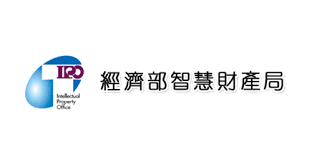【TIPO News & Advice】Advice on Response to Office Action of AI-related Patent Applications in Taiwan
2019-12-24 Jessica LIN

Advice Given by TIPO on Response to Office Action of AI-related Patent Applications in Taiwan
- Overview
- Excerpt
- Not conforming with the definition of an invention (p36)
- Specification fails to disclose definitely and sufficiently (p38)
Suggestion 2 on a response: delete technical feature from the claims as needed, because whether or not a specification meets the feasibility requirement depends on the invention claimed by the patent application; however, no amendment should extend beyond the scope of disclosure contained in the original patent application documents; hence, deletion of any technical features indispensable to the invention shall not be permitted.
Remark: In practice, there are two common grounds for noncompliance with the feasibility requirement under the Patent Act, article 26-1. First, in the specification, the applicant does not give sufficient details negligently. Second, in the specification, the applicant does not give sufficient details intentionally for fear of falling victim to copying.
- Indefinite Claim (p40, p41)
Remark 1: compliance with Article 26-2 of the Patent Act can be easily effected by amendment to application documents; however, solving problems with indefinite disclosure is hardly easy without making any amendment to application documents.
Remark 2: The claims are legal documents. By contrast, the specifications are technical documents. Judges sitting at an intellectual property court interpret the claims word by word and thus have much higher expectations of the claims than the specification in terms of “definiteness”. Examiners would allow a patent application, only if the examiners believe that, by referring to the claims solely, persons skilled in the art fully understand the claims without questioning the scope of the claims.
Annex: On AI-related Patent Applications in Taiwan and Common Grounds for Rejection Thereof
[Read p34-p41 at the very least.]
TIPO link: https://www.tipo.gov.tw/tw/cp-85-859330-1189b-1.html
From:
